Broad beans are easy and fun to grow and are delicious when combined with some stir-fried bacon. But, how do you successfully grow them and what are the tips & tricks for a great harvest? Let’s take a look at how to sow, grow, protect and harvest broad beans.
How To Grow Broad beans
Sow| Grow | Harvest | Varieties | Pests
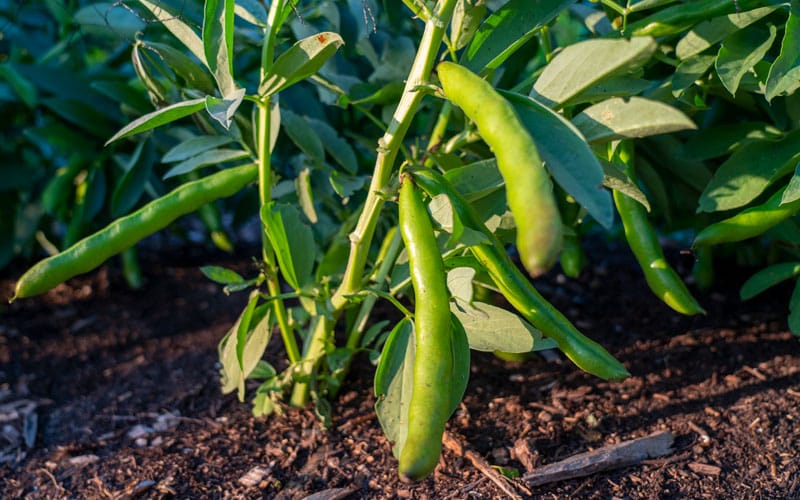
General information
Broad beans, also known as lab beans, are native to the Mediterranean region. Unsurprisingly, they belong to the second-biggest flower family in the world, the legume family. You have brown and white cooking varieties, with the brown varieties often being a bit more bitter after cooking than the white ones. They are also hardy plants, so you can grow them through the winter.
When do you start?
There are two main start dates for broad beans. In the fall around late October/early November. Or in spring from mid-January to mid-March. The advantage of starting in the fall is that the plant has plenty of time to take root. So you will find that little happens above ground in the winter. Once the days get longer in March, the plant picks up quickly and makes a growth spurt. In the end, there is little difference in yield between spring and fall, but if you sow in the fall, you will have an earlier harvest.
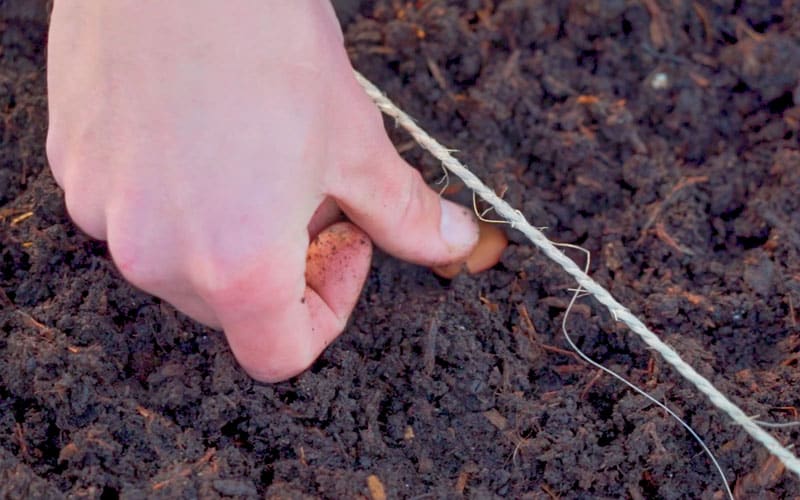
How do you sow broad beans?
You can sow the beans directly or pre-sow them in a seed tray. If you want to pre-sow, use a deep seed tray such as the Solid Deep 40 cell. If you want to sow directly in the spring, it’s best not to do so until around mid-March. Then the soil will be warmer again and the seeds will germinate better. If you want to pre-sow, you can start in mid-February. They germinate at 5°C.
Sowing broad beans is very simple, you just lay them sideways on the compost, and push them a little into the soil. How deep? One to two cm is deep enough! This applies to both direct sowing and pre-sowing. Just finish with some compost, give a healthy splash of water and you’re done! Fresh beans have a germination rate of about 100%, so you don’t need to sow much extra.
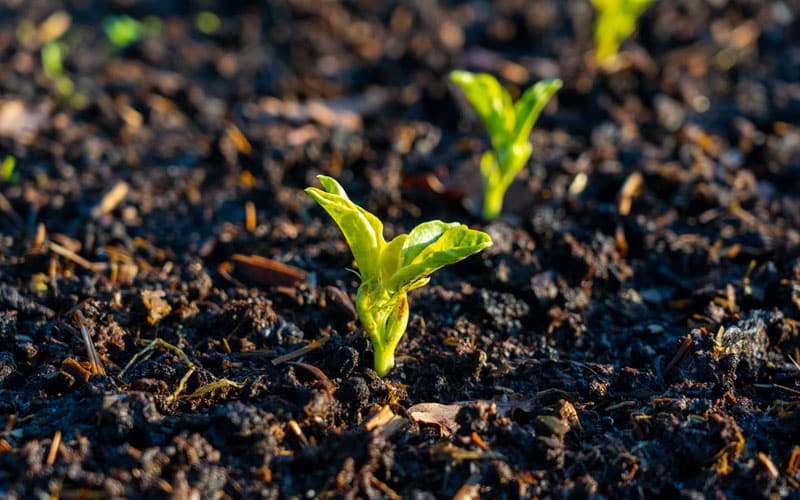
When can you transplant broad beans?
If you have pre-sown your broad beans in a seed tray, it will take about 4 to 6 weeks before you can transplant them. You usually do so when the plant is about 5 cm and has 3 to 5 leaves. You make a hole with a dibber and plant them just slightly below ground level. This way they are a little better protected from the weather. If you start the beans in a seed tray before winter, you can plant them out after mid-March.
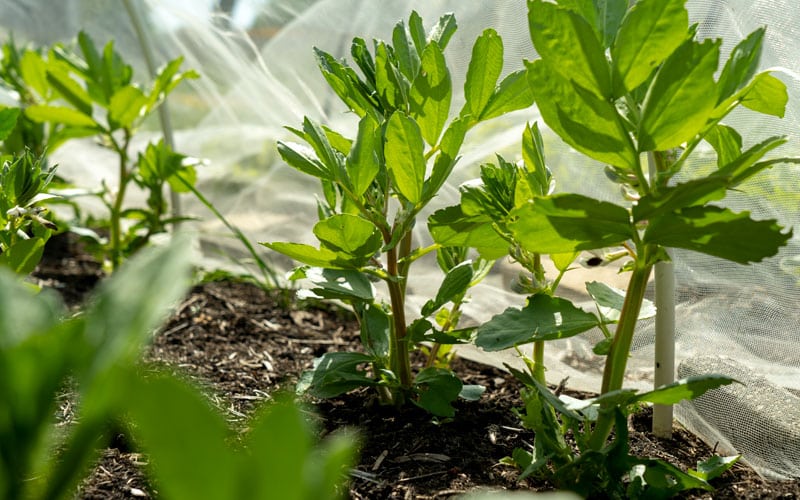
How far apart should they be planted?
Broad beans benefit from keeping enough space between each other. They become large clusters and if they don’t have enough space, the pods end up staying small. If you make two rows, make sure you have about 30 to 40 cm between the rows and also about 30 to 40 cm between the plants in the row (about one foot length). This will allow the clusters to grow large and you will get a lot of harvests!
How to care for broad beans
Maintaining broad beans is mainly watering them well so they can grow well and also keep them free of weeds and aphids! The tops of the plants are the ideal landing place for aphids and it is therefore easy for them to find a spot on your plant. To make sure your plant doesn’t suffer from them, you need to do something about it.
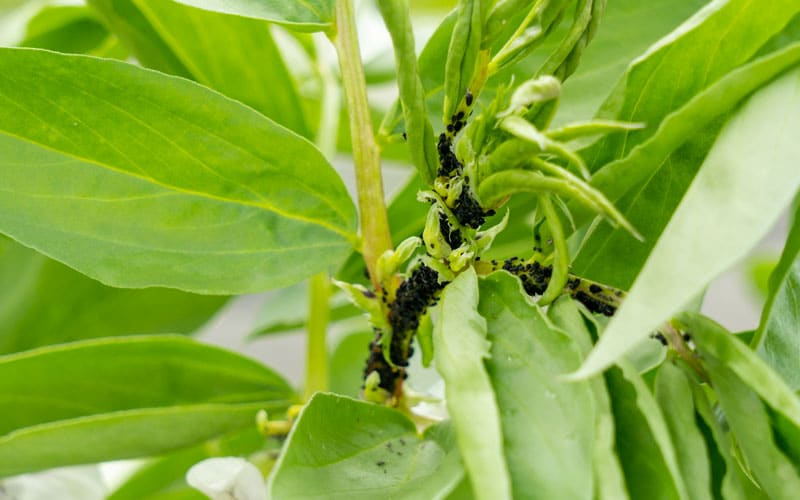
What to do against aphids on your broad bean?
To start off, you can top your broad beans. Once the plants are full of flowers all over the stem, you can take off the tops. This will also stop them from growing further and put energy into the beans. Personally, we also use Eco insect repellent or aphid control spray if it gets out of control. One good spray with a plant sprayer from all angles (including the underside of the leaves) and the next day all aphids are dead.
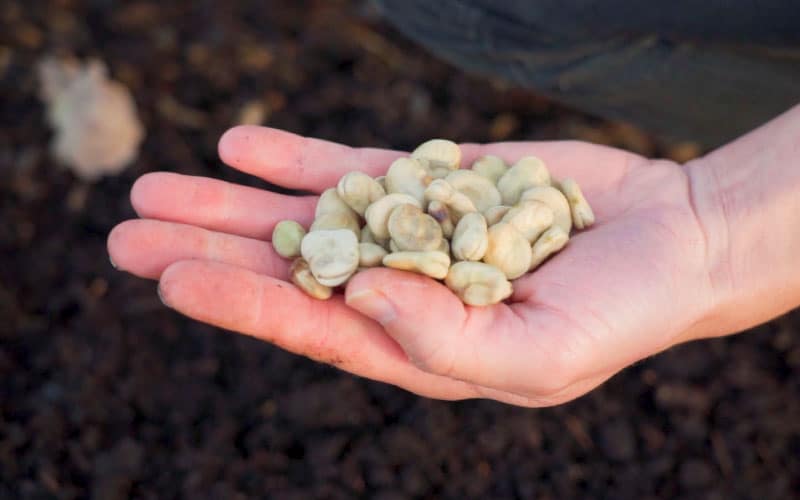
Broad beans varieties
There are two main edible categories for broad beans, brown cooking and white cooking. Brown cooking varieties tend to be bigger plants and beans. De flowers are white with black and they taste a bit bitter. White cooking varieties have a milder taste and are usually a bit smaller, we prefer the white cooking beans.
Varieties to try:
- Bowland beauty (Very sweet – Pale green)
- Red Bristow’s (heirloom – Deep purple)
- Triple white (Classic – Pale green)
Storing
You’ve got two main ways to store broad beans, firstly be simple putting them in a fridge for up to about 5 days. Preferably in a paper bag in your vegetable drawer. Or you can also blanch them and put them in your freezer for up to three months. The way to do this is by removing the pods from the beans and putting them all in a pan with boiling water. Only do this for about 2 to 3 minutes and put them in a colander to rinse them off with cold water. Dry them completely by padding them down with a paper cloth before putting them in a zip-lock bag and storing them in your freezer.
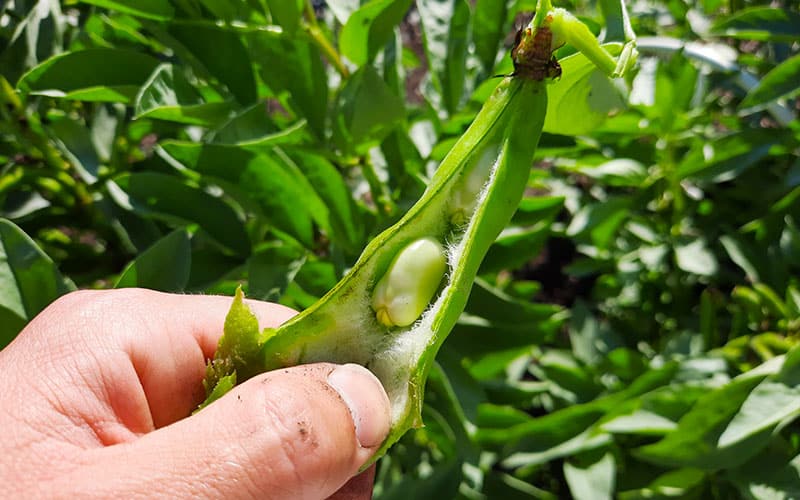
When can you harvest broad beans?
Broad beans take about 4 months before they are ready to harvest, so if you pre-sow in mid-February, you can expect the first harvest in mid-June. If you start in the fall, you can expect the first harvest in late May. If you want to know if they are ready, you have to look at the bean itself. You can see that the broad beans are bulging in the pod. Often you can also feel it by sliding your fingers over the bean. The best way is to harvest a pod and open it to see how big the beans are!
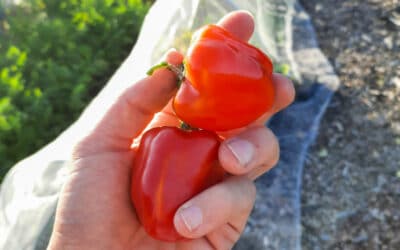



0 Comments